These are interesting Mongolia facts. About Mongolian facts include:
The Most densely populated Country
1. Mongolia is the least densely populated country in the world, with vast open spaces and a population of just over 3 million people.
The Most Coldest city
2. Ulaanbaatar, the capital and largest city of Mongolia, is the coldest national capital globally, with temperatures dropping as low as -40 degrees Celsius (-40 degrees Fahrenheit) in winter.
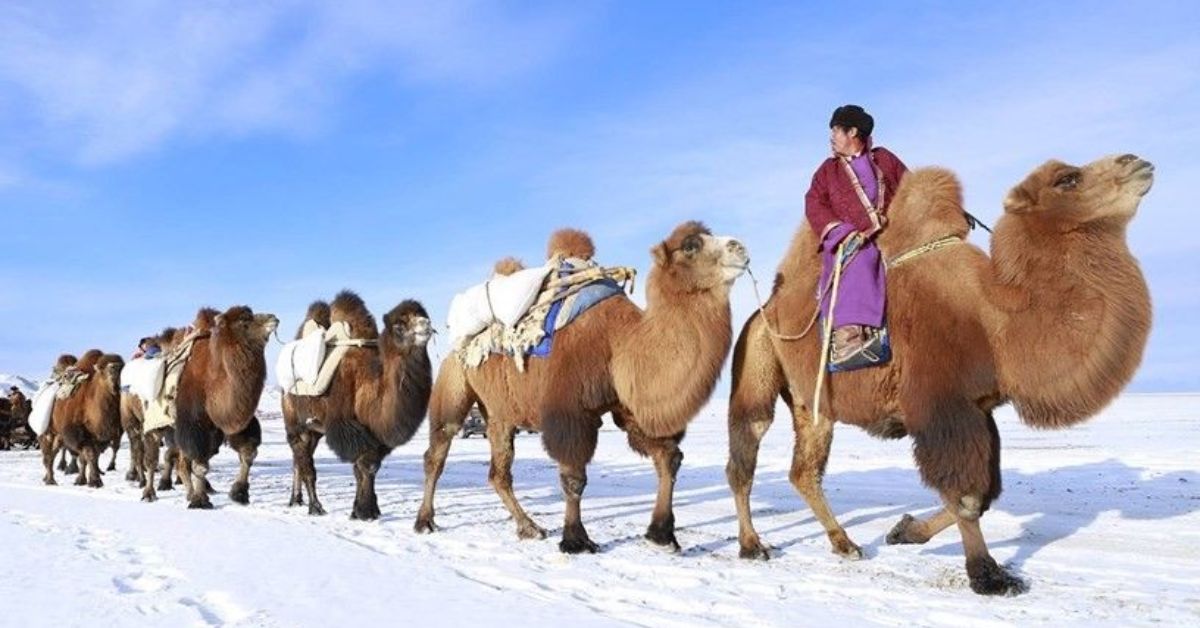
Ger has been used for 1000 years
3. The traditional Mongolian dwelling, known as a ger (or yurt in Russian), has been used for over a thousand years by the nomads of Central Asia.

Mongolian ger (yurt) is a traditional dwelling used by nomads in the steppes of Central Asia.
The portable, round tent is made of a wooden frame covered with felt or other insulation and can be easily dismantled and reassembled.
Gers are very resilient against harsh weather conditions, making them ideal for life. If you want to buy Mongolian traditional Yurt click down below.
Wild horse
4. Mongolia is home to the last truly wild horse known as Przewalski’s horse or “Takhi.” They were once extinct in the wild and have been reintroduced to their natural habitat in Mongolia.
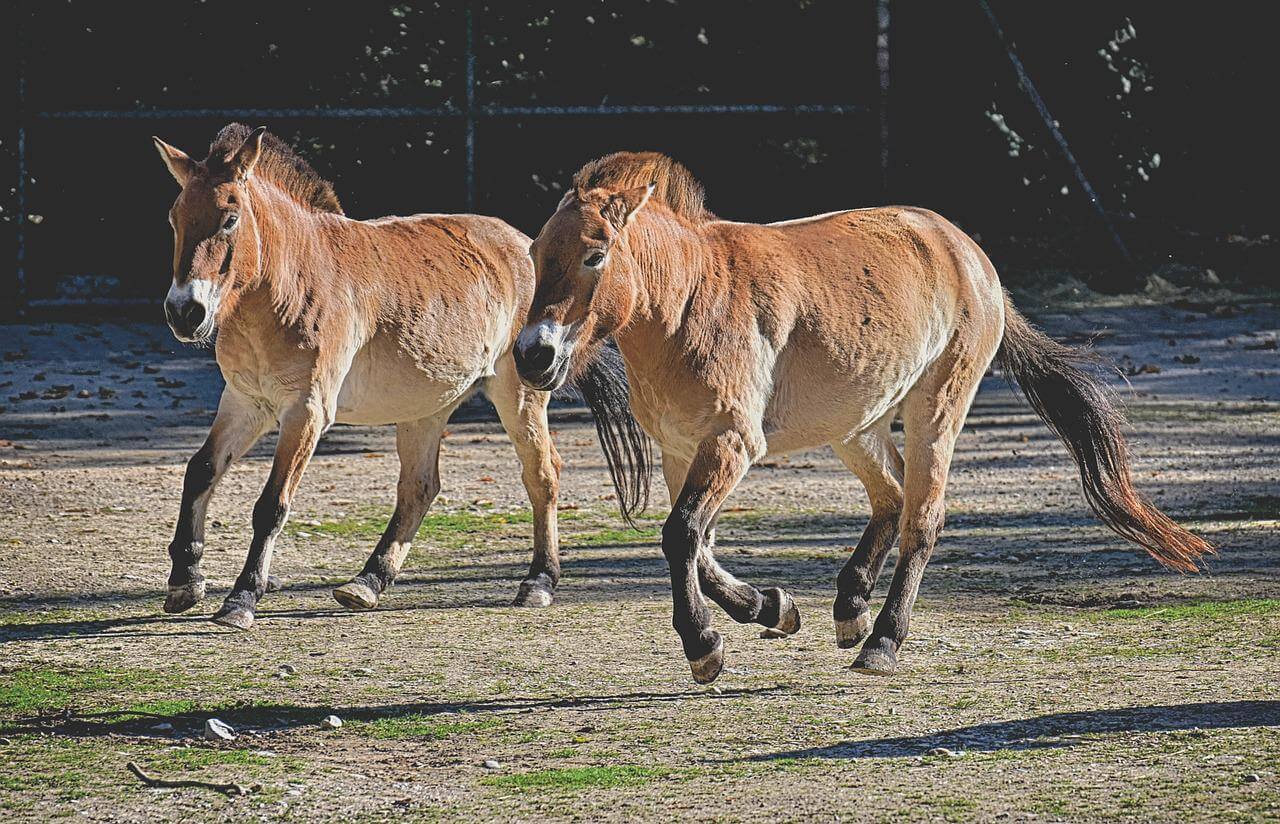
The Big Celebrity is Naadam
5. The Naadam Festival, celebrated in July, is one of Mongolia’s most significant events, showcasing the three “manly sports”: wrestling, horse racing, and archery.
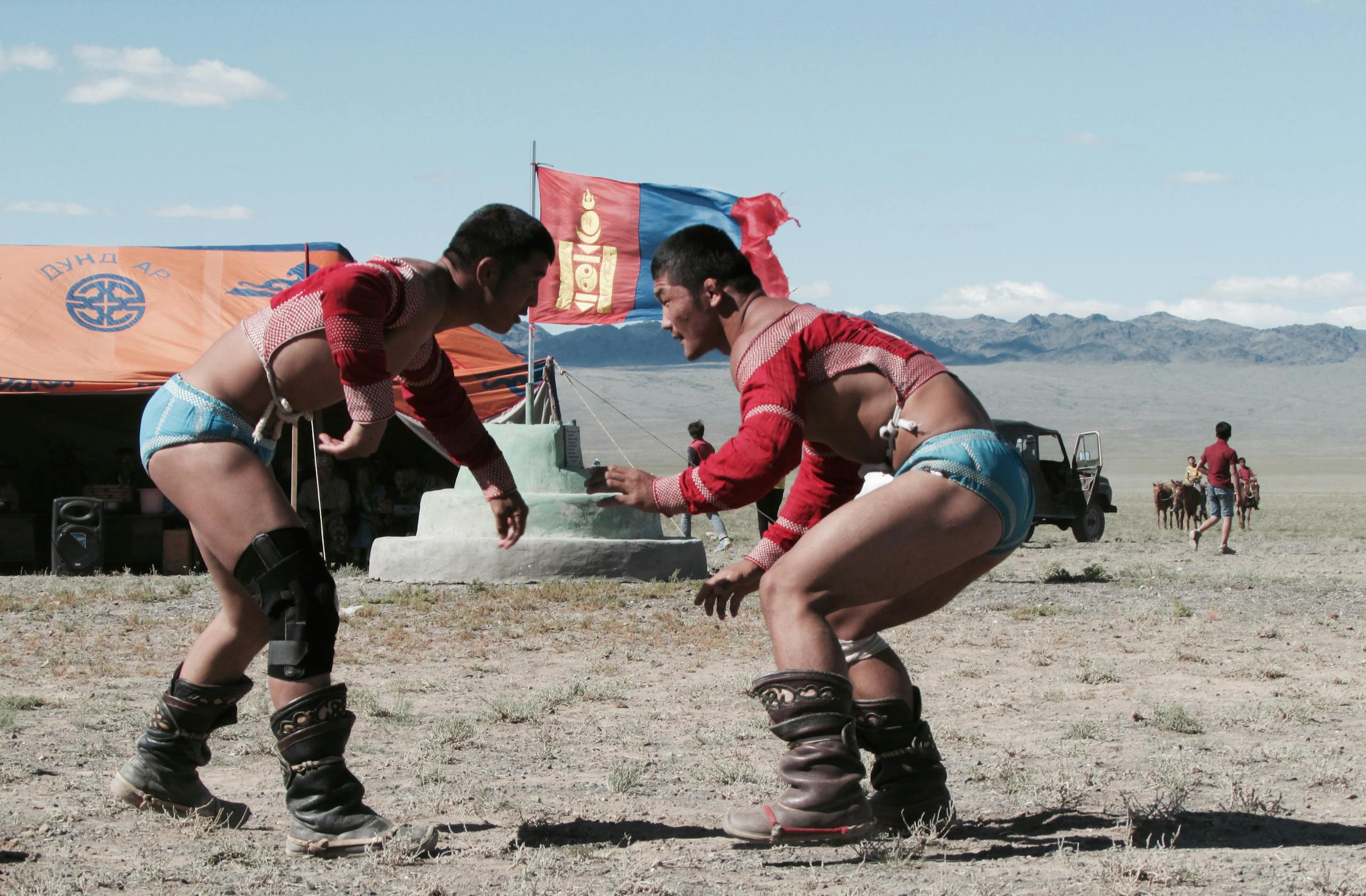
6. The Mongolian Death Worm, according to local legend, is a creature purported to live in the Gobi Desert. It is described as a deadly worm that spits acid and emits electric shocks.
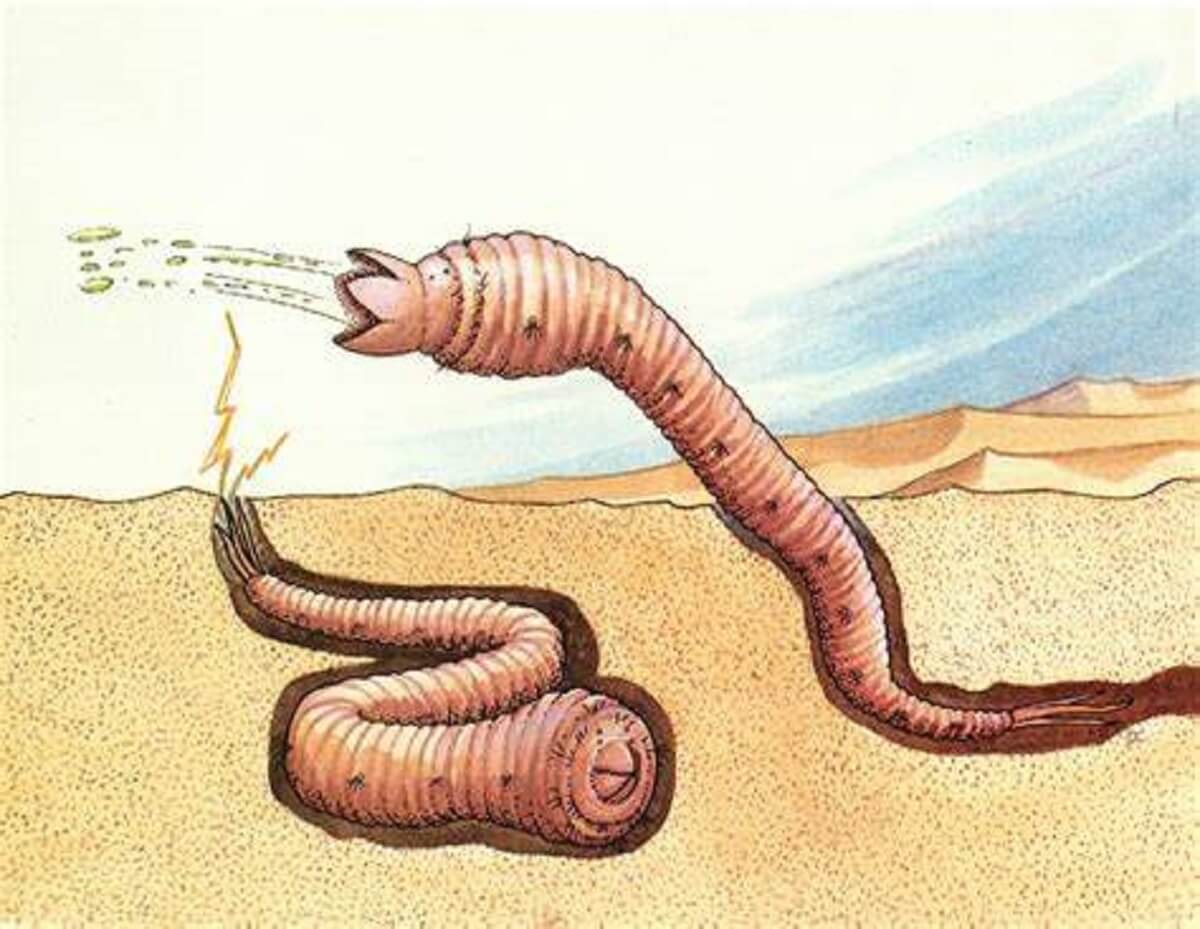
The Gobi Desert full of Dinosaur Fossil
7. Mongolia’s Gobi Desert is one of the world’s largest deserts and a rich dinosaur fossil reservoir. The first-ever dinosaur eggs were discovered there in the 1920s.
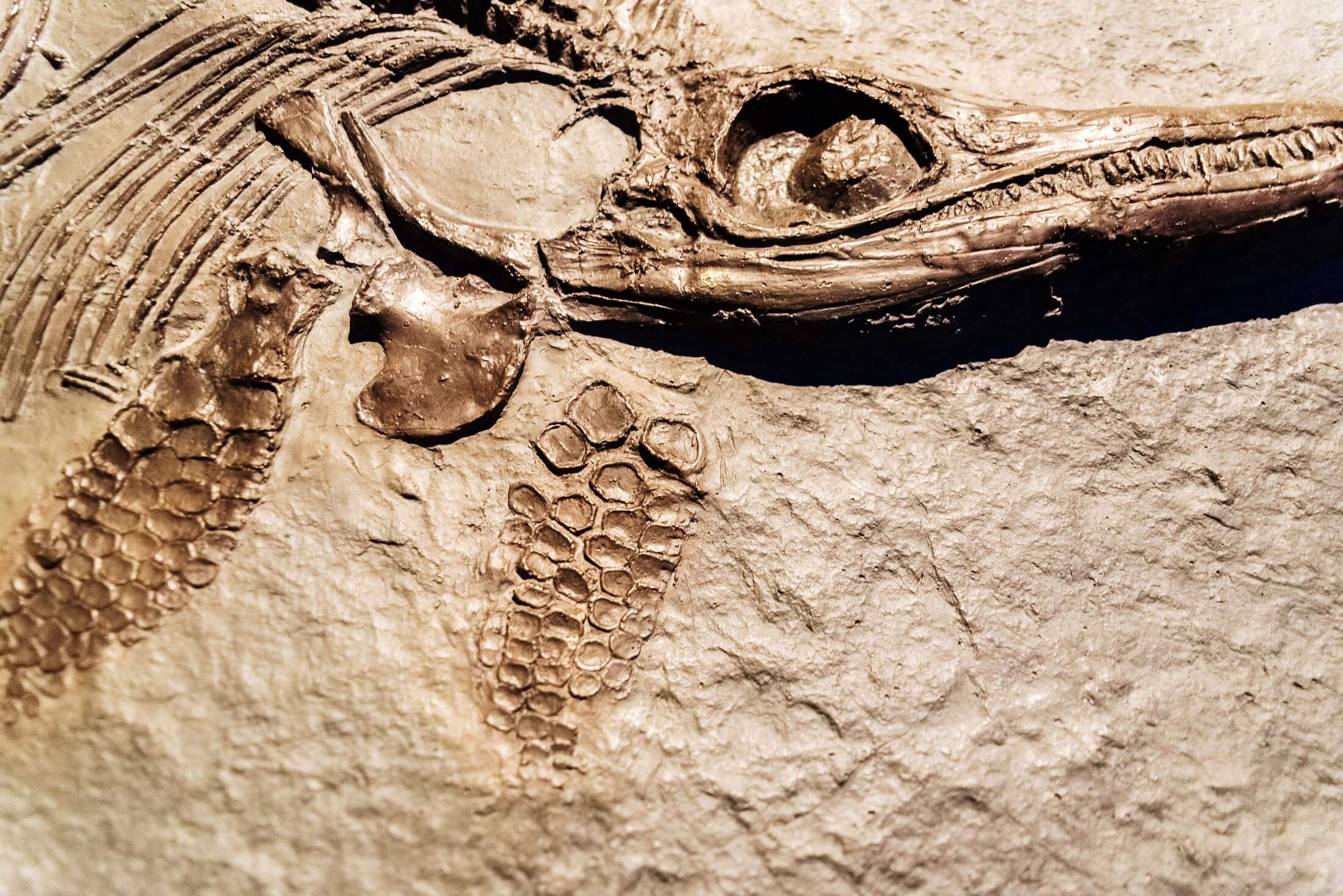
8. The Mongol Empire, founded by Genghis Khan in the 13th century, was the largest contiguous land empire in history.
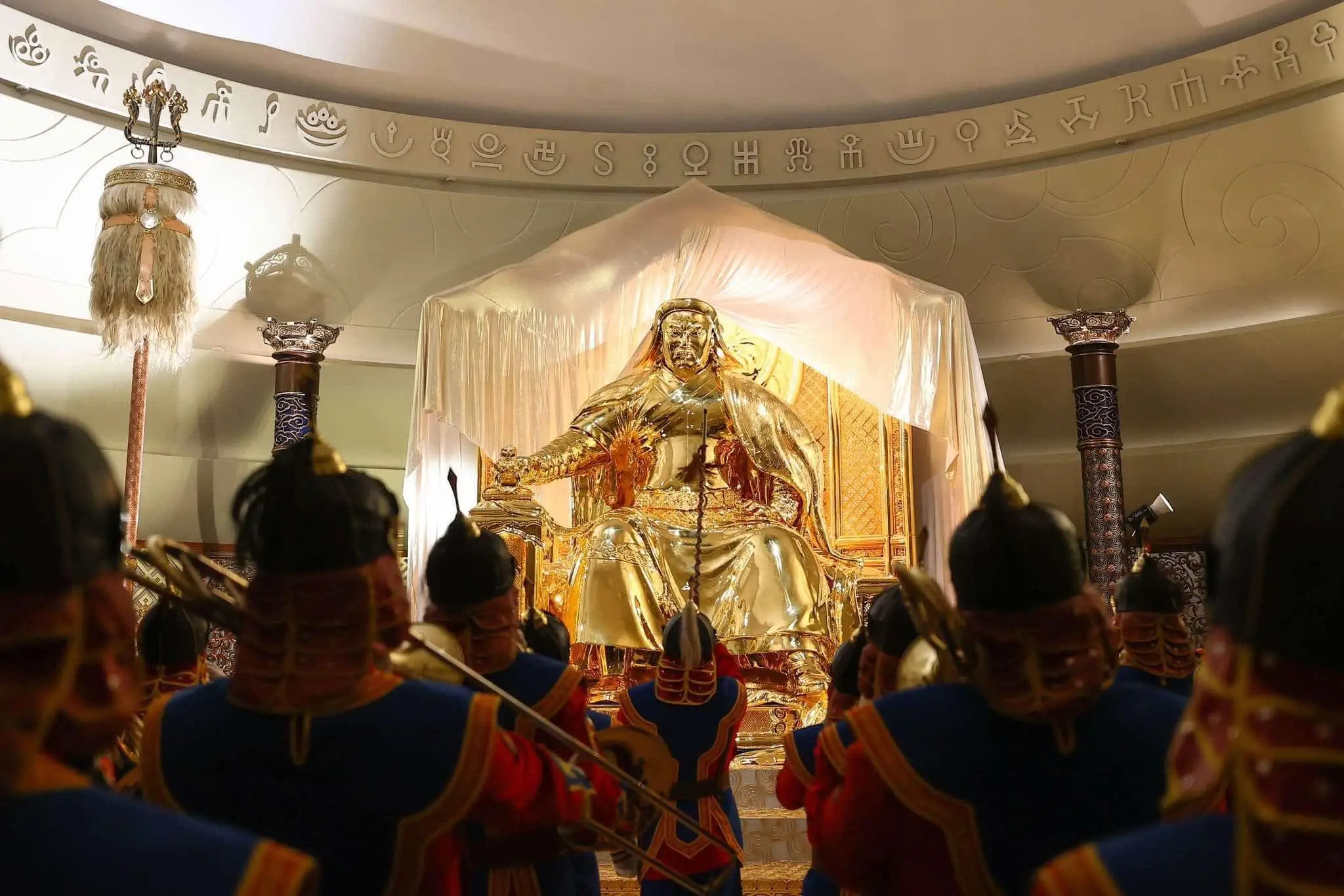
9. Traditional Mongolian music features the Morin Khuur (horsehead fiddle), which produces a sound that is closely associated with the Mongolian nomadic culture.
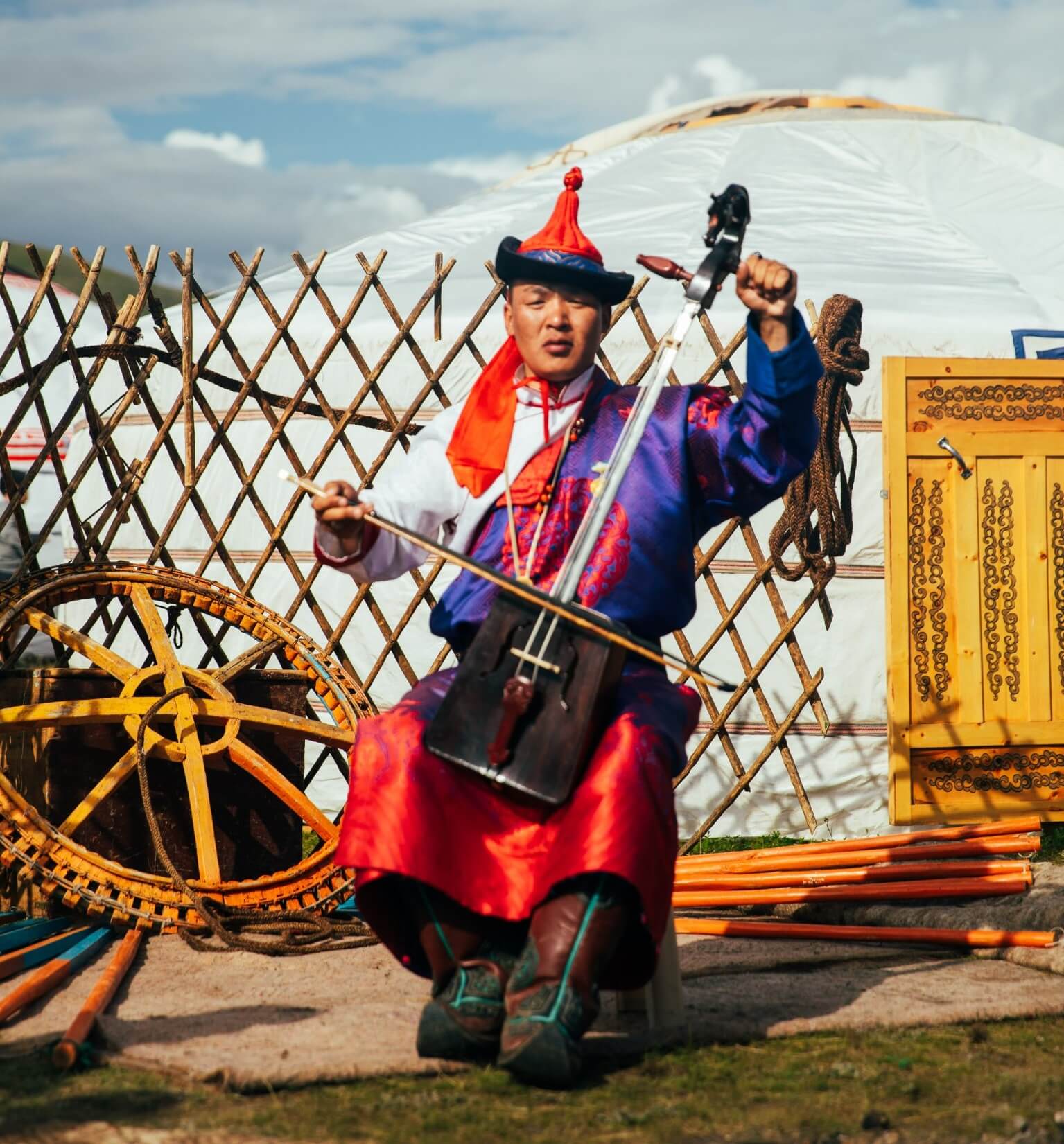
10. Mongolia uses its own traditional lunar calendar, marking the Mongolian New Year, known as Tsagaan Sar, which translates to “White Moon.”

11. Airag, also known as kumis, is a traditional Mongolian beverage made from fermented mare’s milk and is considered the national drink.

It’s not only a fascinating cultural tradition but also a testament to the strong relationship Mongolians have with their environment.
Mongolians enjoy a unique drink called “airag,” which is fermented mare’s milk. It’s a bit sour and slightly alcoholic, and it’s a significant part of Mongolian culture. Many travelers find trying airag to be an adventurous culinary experience in Mongolia.
12. Mongolia has no major water bodies but is home to over 4,000 rivers and lakes, providing essential resources for its pastoral nomadic lifestyle.
13. The Mongolian postal system utilizes a unique address system based on geolocation, reflecting the country’s vast rural areas without traditional street names.
14. Genghis Khan, the founder of the Mongol Empire, is revered as a national hero and a symbol of strength and unity in Mongolia.
15. The “Eternal Blue Sky” is a central concept in Tengrism, the ancient belief system of the Mongols, emphasizing the importance of nature and the sky in Mongolian culture.
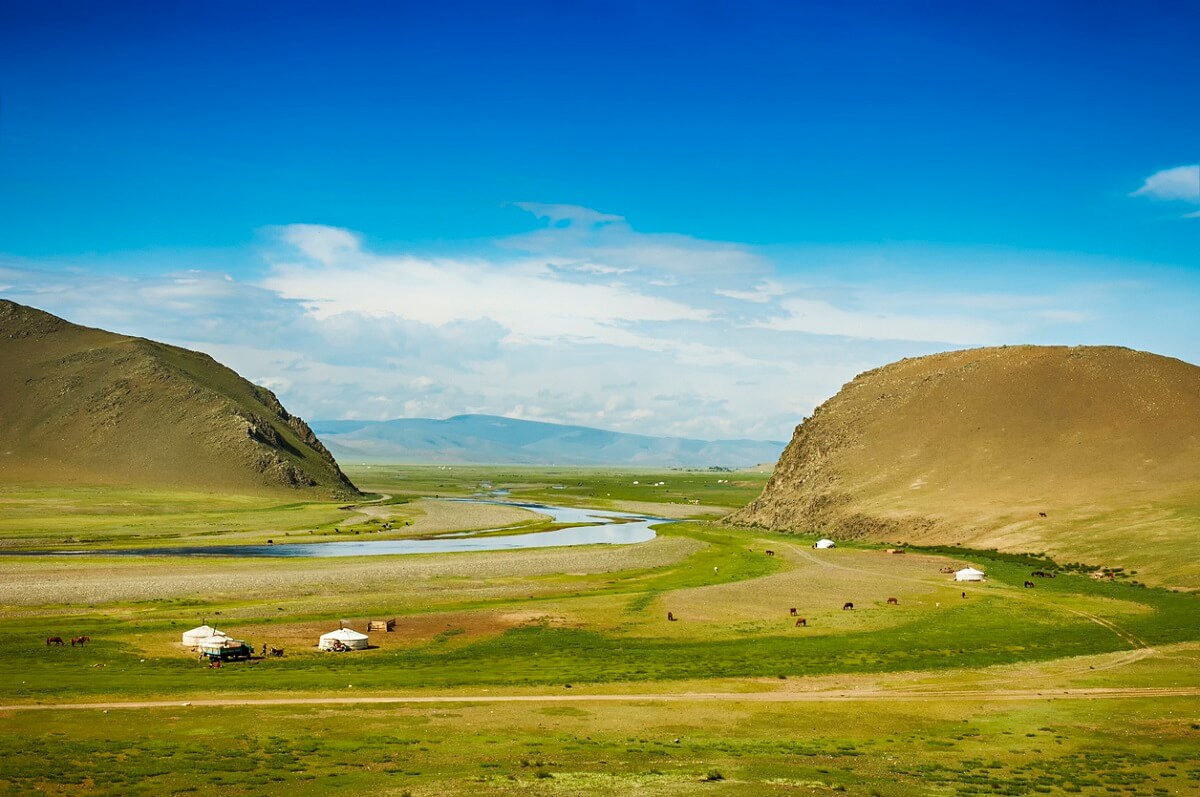
16. Mongolia’s Orkhon Valley is a UNESCO World Heritage Site, containing archaeological remains dating back to the 6th century and representing the evolution of nomadic pastoral traditions.

17. Khövsgöl Nuur is known as “Mongolia’s Dark Blue Pearl.” It’s one of the deepest lakes in Central Asia and holds 70% of Mongolia’s fresh water.
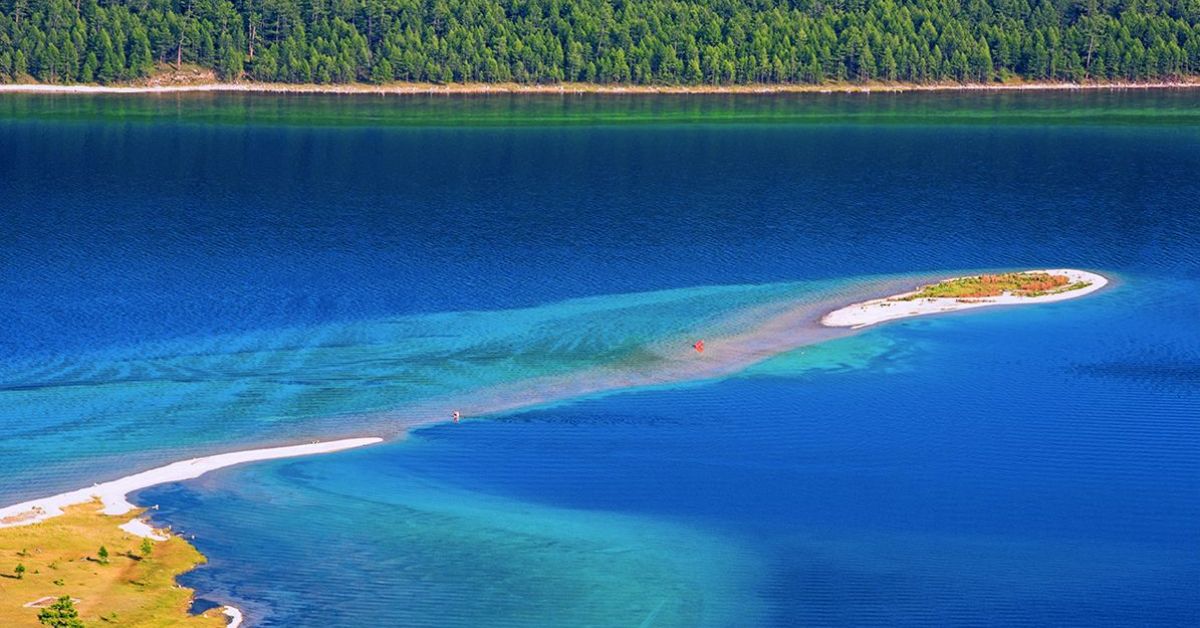
18. The Tsaatan, also known as the Dukha, are a small community of reindeer herders living in the northern regions of Mongolia, preserving a unique way of life.

19. Mongolia is one of the sunniest countries in the world, enjoying over 250 sunny days a year, which greatly influences its climate and lifestyle.
20. The Altai Mountains in western Mongolia are home to ancient petroglyphs and burial mounds, providing insight into prehistoric cultures in the region.
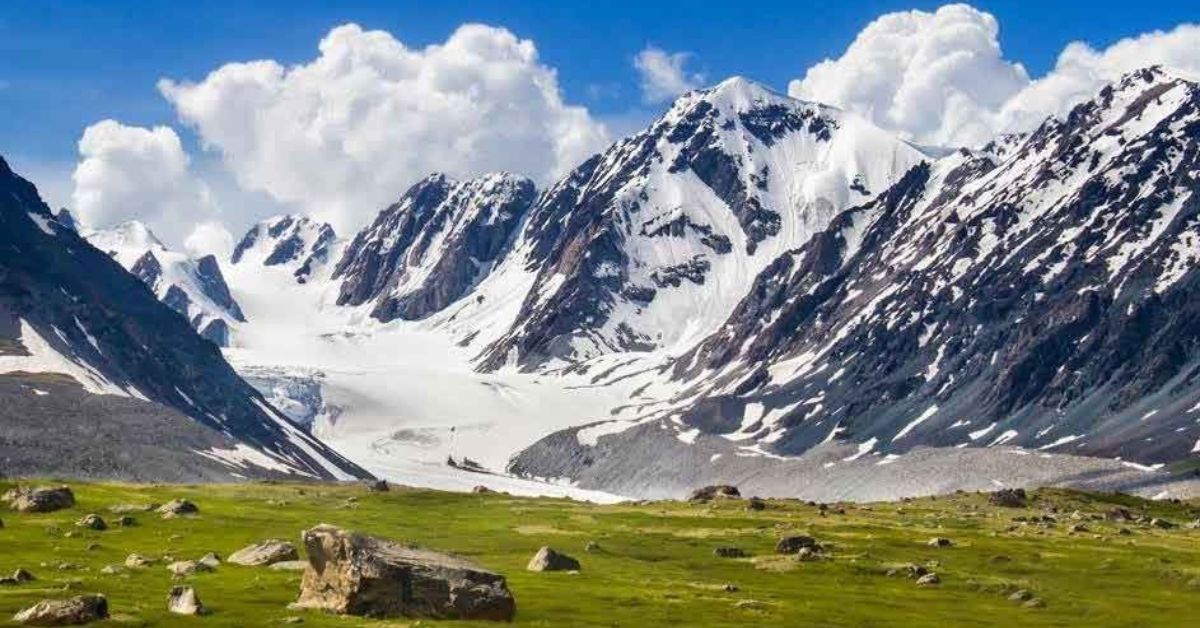
21. Despite its historical association with nomadic lifestyles, Mongolia is rapidly urbanizing, with more than half of its population now living in urban areas, particularly in Ulaanbaatar.
Vast Land
22. Mongolia, with a land area of about 1.6 million sq.km. and a population of about 3.0 million is the world’s most sparsely populated country.

The land ranges from desert to semi-desert to grassy steppe, with mountains in the west and southwest. Arable land is estimated to constitute only 0.8 percent of this vast country.
Location
23. Landlocked between the world’s most powerful countries Russia and China. Mongolia has shown steady growth in the recent years.

History
24. Modern humans reached Mongolia approximately 40.000 years ago. In 1206 Genghis Khan founded the Mongol empire which became the largest land empire in world history.
Mongolia later came under Manchus rule /China/, and won it’s independence from Manchus in 1921. The Mongolian people Republic was then established with Soviet influence.
Was the Soviet Union
25. Mongolia became a UN member state in 1961. Following the dissolution of the Soviet Union, Mongolia saw its own relatively peaceful democratic revolution in the early 1990’s which led to a multi-party system and a new constitution in 1992.
This transition resulted in an upheaval of structures that had been in place for 70 years and saw Mongolia’s trade with Russia decline by 80% and had a strong impact on people’s live.
Main Wealth is gold, coal, livestock
26. Throughout history, livestock raising by nomadic herders has been the major economic activity. In the early 20th century industrialization began, spurred by the Soviet Union and largely based on wool processing and extraction of minerals, mainly coal, copper, gold and fluorspar.
Land of the Blue Sky
27. Mongolia is often called the “Land of the Blue Sky” because it enjoys over 250 sunny days a year. The vast steppes and deserts make for incredible stargazing and natural beauty.
The incredible expanses of the Mongolian landscape, which include sweeping steppes, rugged mountains, and vast deserts, contribute to the clarity of its skies.
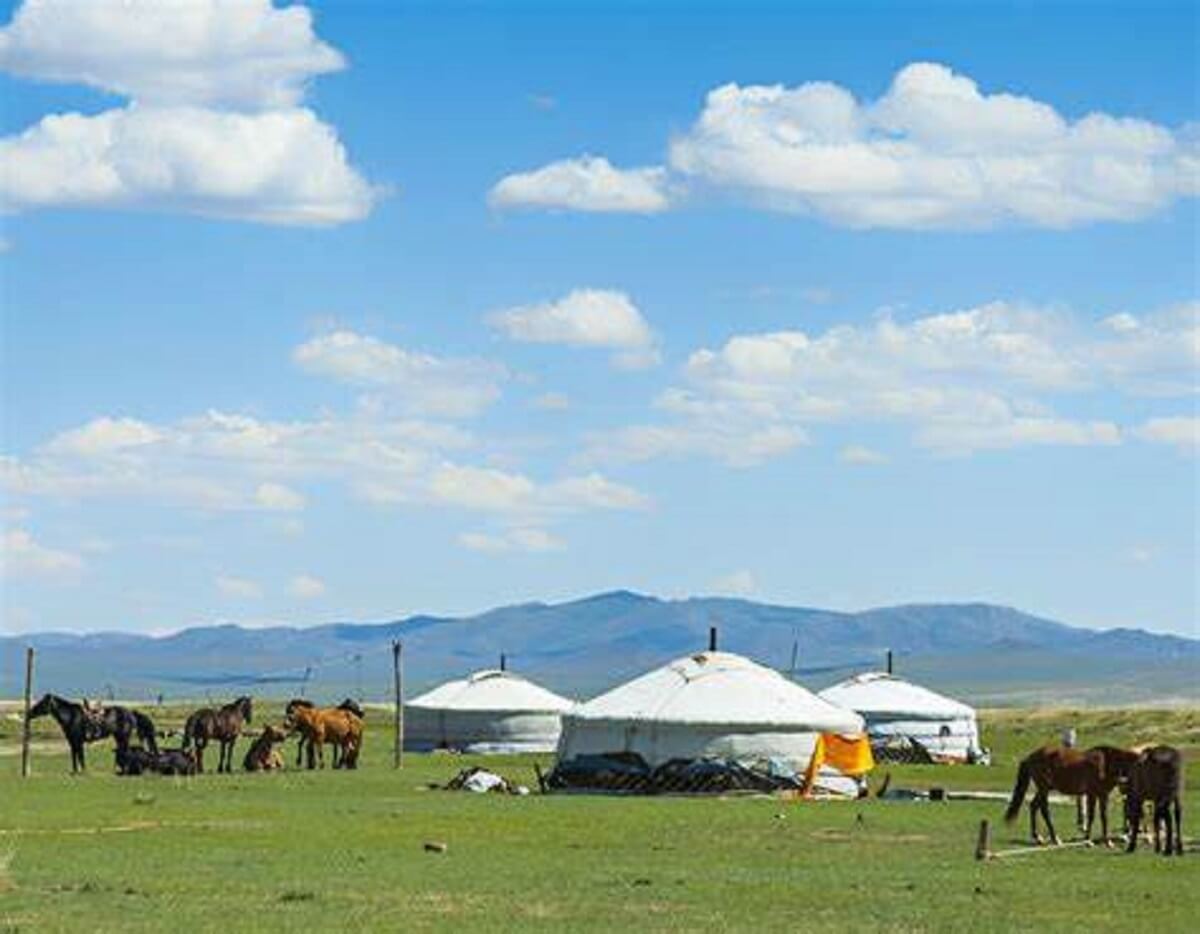
With so few urban areas and the skies in Mongolia remain pristine and unobstructed, providing a breathtaking backdrop for both locals and travelers.
Unique Mongolian Script
28. Mongolian script, known as “Mongol Bichig” in the native language, is a fascinating writing system characterized by its vertical orientation.
When reading Mongolian text, you start from the top of the page and move downward, which sets it apart from most Western and some Asian scripts.

This unique script has a flowing and artistic quality, often resembling elegant calligraphy. Each character is a combination of strokes, curves, and loops, making it visually distinct and pleasing to the eye.
The beauty and historical significance of Mongolian script continue to be celebrated in Mongolia, reflecting the nation’s rich cultural heritage.
Eagle hunters
29. “Eagle Hunting” is a unique and captivating tradition found in western Mongolia. It involves skilled hunters using majestic eagles as their hunting partners.
These eagles are meticulously trained from a young age to assist their human counterparts in capturing prey, primarily foxes and other small mammals.
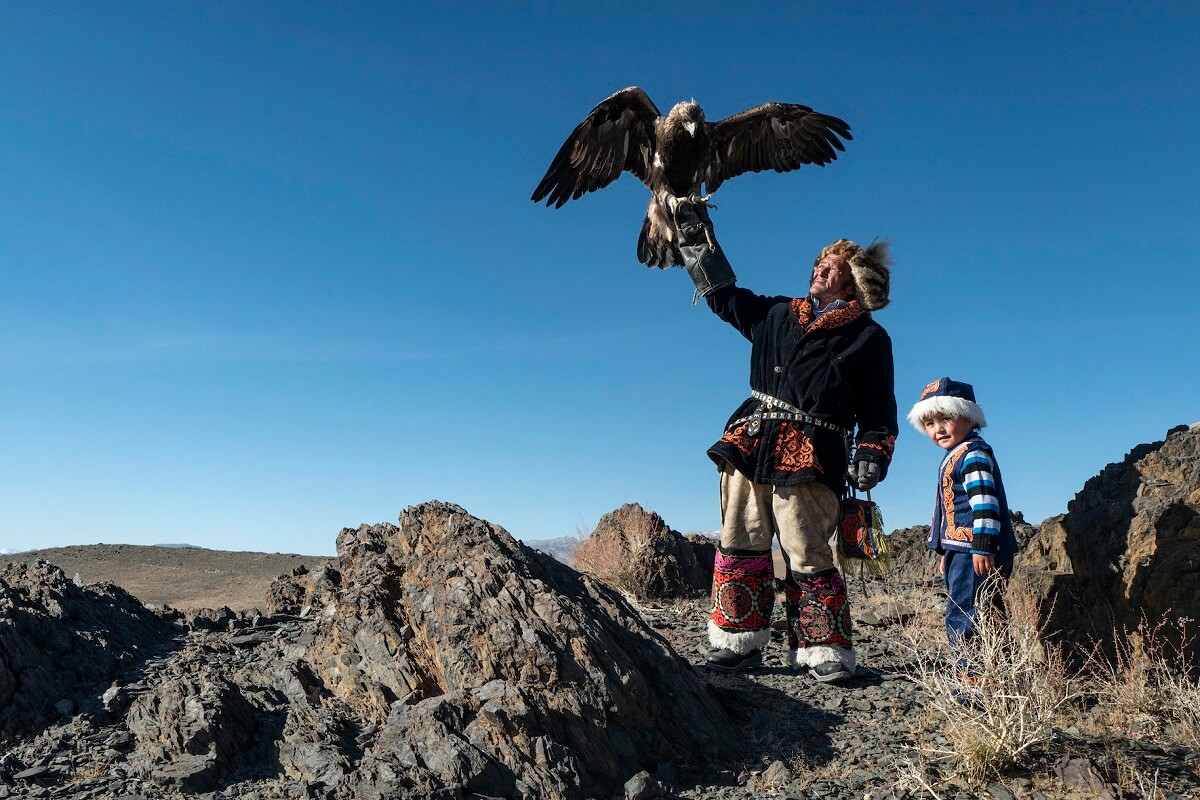
This age-old practice demonstrates the deep bond between Mongolians and nature, as well as their resourcefulness in using eagles for hunting purposes.
Prized Cashmere
30. Mongolia is famous for producing some of the world’s finest cashmere wool. The harsh winters in Mongolia result in cashmere goats growing incredibly soft and warm wool.

The delicate process of collecting and processing cashmere makes it a prized export, with Mongolian cashmere products highly sought after for their quality and warmth.
If you’re planning to traveling to Mongolia, be sure to keep these things in mind. By following this advice, you’ll make your journey smoother and more enjoyable. Have a great trip!
